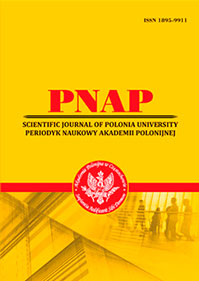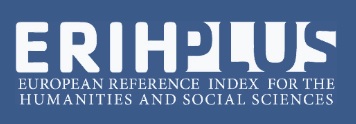ЛІНГВОПРАГМАТИКА ОСОБИСТІСНОГО РОЗВИТКУ В СУЧАСНИХ МОТИВАЦІЙНИХ МЕДІА
Анотація
У статті досліджуються стилістичні та лінгвопрагматичні особливості промов TED як жанру сучасних мотиваційних медіа з особливим акцентом на дискурсі особистісного зростання. Оскільки суспільний попит на саморозвиток та емоційний інтелект зростає в усьому світі, дослідження того, як ці питання комунікуються через такі медіажанри, як промови TED, набувають актуальності. Мета дослідження – виявити та інтерпретувати прагматичні наміри виступів спікерів TED та розкрити стилістичні засоби, що використовуються для досягнення цих намірів переконливим та захопливим чином. Методологічно дослідження спирається на корпус із 10 виступів TED про особистісний розвиток. Аналіз об’єднує три взаємопов’язані підходи: корпусний дискурс-аналіз для виявлення структурних та тематичних закономірностей; прагматичний аналіз зі зверненням до теорії стратегій залучення Ліча; стилістично-риторичний аналіз з метою виявлення таких прийомів, як метафора, анафора та риторичні питання. Результати показують, що найдомінантнішими прагматичними намірами є емоційний вплив (40%), викликання інтересу слухача (15%), спонукання аудиторії до роздумів (10%) та спонукання до дії (10%). Реалізація цих намірів досягається переважно за допомогою лексико-стилістичних прийомів (55%), далі йдуть синтаксичні (35%) та фонетичні (10%) засоби. Поєднання прагматичних цілей та стилістичних прийомів дозволяє ораторам створювати емоційно привабливі, інтелектуально стимулюючі та спонукаючі до дії повідомлення. Дослідження робить висновок, що виступи TED являють собою риторично структурований жанр, який ефективно балансує когнітивні та афективні звернення за допомогою стратегічного використання мови. Результати роблять внесок у медіалінгвістику, показуючи, як мотиваційний дискурс функціонує на перетині особистої релевантності, стилістичної чарівності та прагматичного наміру.
Посилання
2. Li, X., & Li, F. (2021). Corpus-based move analysis of TED Talks about education. Creative Education, 12(1), 166–175. https://doi.org/10.4236/ce.2021.121012.
3. Liu, Y., Nourbakhsh, A., Wang, Q., & Shah, S. (2017). Fostering user engagement: Rhetorical devices for applause generation learned from TED Talks. arXiv. https://doi.org/10.48550/arXiv.1704.02362.
4. Marchenko, V., & Minenko, Y. (2020). Linguistic and extralinguistic characteristics of TED Talks as multimodal English text. Advanced Linguistics, 5, Article 205688. https://doi.org/10.20535/2617-5339.2020.5.20568.
5. Nuraniwati, T., & Permatasari, A. (2020). Hedging in TED Talks: A corpus-based pragmatic study. Journal of English Education and Linguistics Studies (JEELS), 8(2), 29–50. https://doi.org/10.30762/jeels.v8i2.2969.
6. Paliichuk, E., & Lukina, Y. (2021). Stylistic devices for creating humorous effect: An empirical research (Based on TED Talks case study). Studia Philologica. https://doi.org/10.28925/2 311-2425.2020.149.
7. Savchuk, V. (2024). Communicative techniques of the U.S. presidents for effective nation leader image formation in social consciousness. Society. Document. Communication, 9, 52–61. https://doi.org/10.69587/sdc/2.2024.51.
8. TED. About our organisation. Retrieved from: https://www.ted.com/about/our-organization.
9. Yerznkyan, Y., & Harutyunyan, L. (2024). A pragmalinguistic study of the strategies in motivational discourse (Based on Mark Zuckerberg’s Harvard commencement speech). Inter- national Journal of English Language and Literature Studies, 13(2), 96–104. Retrieved from: https://archive.aessweb.com/index.php/5019/article/view/4982.

Ця робота ліцензується відповідно до Creative Commons Attribution 4.0 International License.
 ISSN
ISSN 


.png)




